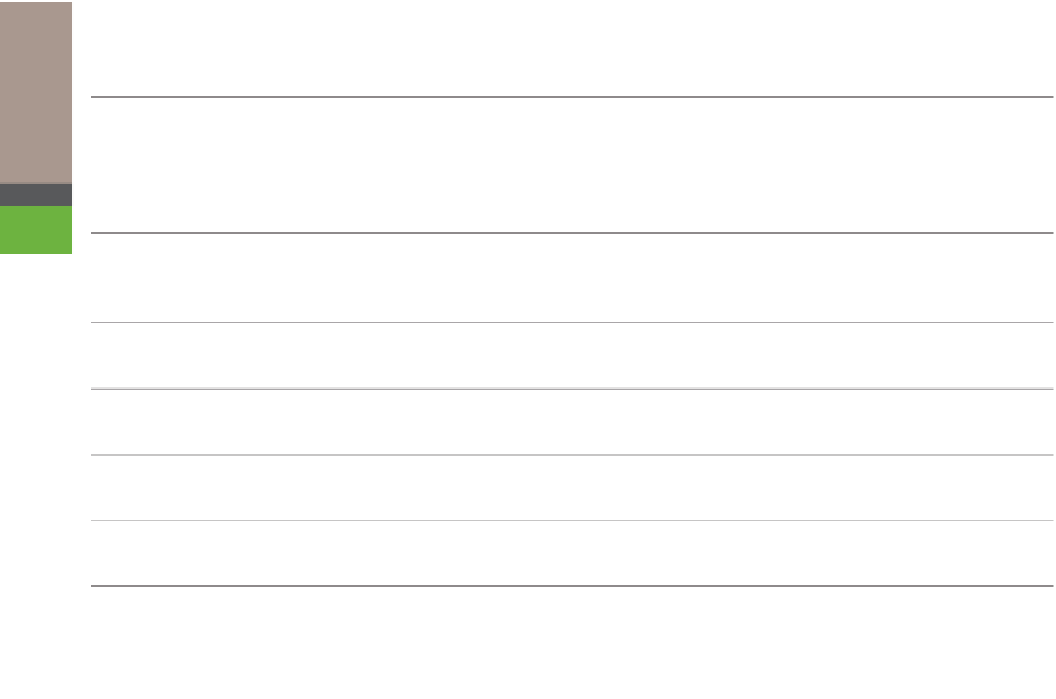Geoscience Reference
In-Depth Information
Table A5.2
There has been a plethora of categories for classifying trace fossils. One such classifi cation is
based on the interpretation of what the animal was doing. Note that many of these are not mutually exclusive.
Category
Explanation
Examples
Grazing (
Pascichnia
)
Traces left as an organism moves over a
sediment surface. The substrate may be
either soft or hard. Often movement over a
surface is associated with feeding as well as
locomotion
Nereites, Spirorhaphe
Feeding (
Fodinichnia
)
These traces are left as organisms move
through sediment as they feed. They are
usually three dimensional
Chondrites, Muensteria,
Teichichnus, Rhizocorallium,
Zoophycos
Dwelling (
Domichnia
)
Structures resulting from an organism's living
space
Thalassinoides
,
Ophiomorpha
,
Diplocraterion
(also
Fodinichnia
)
Resting (
Cubichnia
)
Formed by the impression of an organism in
soft sediment
Rusophycus
,
Asteriacites
Moving (
Repichnia
)
Formed by normal locomotion as distinct
from feeding
Cruziana
Predation (
Praedichnia
)
Predatory traces such as drill holes in shells
or bite marks
Entobia
,
Gastrochaenolites
,
Trypanites
Gardening (
Agrichnia
)
Formed as organisms create (usually
complex) burrows or structures to capture or
cultivate other organisms such as bacteria or
fungi for food
Paleodictyon






